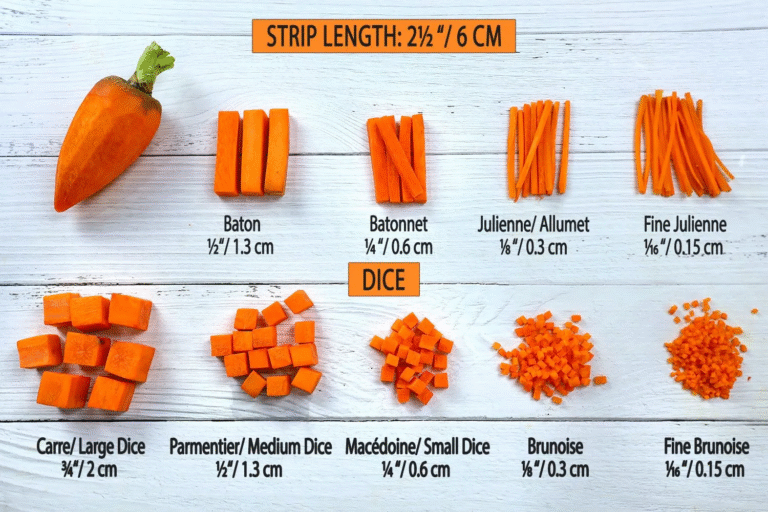Perceived Exertion (RPE): An Easy Way to Rate Exercise Intensity
In the landscape of exercise science and athletic training, the pursuit of optimal intensity is paramount for achieving desired physiological adaptations. While objective metrics like heart rate monitors and power meters provide valuable data, one of the most resilient, accessible, and scientifically validated tools is entirely subjective: the Rating of Perceived Exertion (RPE). Developed by Swedish scientist Gunnar Borg, RPE is a method for quantifying the perceived intensity of physical activity based on an individual’s internal sensations of effort, strain, and fatigue. [1] Far from being a mere guess, RPE is a sophisticated integration of physiological and psychological signals, offering a powerful way to prescribe, monitor, and autoregulate training across a spectrum of populations, from elite athletes to patients in cardiac rehabilitation.
The Scientific Foundation and the Two Borg Scales
The concept of RPE is rooted in psychophysics, the study of the relationship between physical stimuli and the sensory experiences they produce. [2] Dr. Gunnar Borg pioneered this application in exercise science, proposing that the human body is an excellent instrument for measuring its own stress levels. [3][4] This led to the creation of his original RPE scale in the 1970s, a landmark development that translated subjective feelings into a quantifiable metric. [5] The scale uniquely ranges from 6 to 20. This design was intentional and ingenious; Borg found a strong correlation in healthy individuals between their RPE rating and their heart rate when multiplied by ten. [6][7] For example, a rating of “13 – Somewhat hard” would approximate a heart rate of 130 beats per minute. [6] This scale integrates a complex array of afferent signals from the body, including feedback from working muscles and joints, alongside central cues from the cardiovascular and respiratory systems, such as increased heart rate and breathing. [1][7] The brain, particularly cortical regions like the temporal and insular cortex, acts as the central processor for these signals, modulating the autonomic nervous system and generating the overall sensation of effort. [8][9]
Recognizing the need for a more versatile tool, Borg later developed the Category-Ratio scale, known as the CR-10 scale, which ranges from 0 (“No exertion at all”) to 10 (“Maximal exertion”). [6][10] This scale is not directly tied to heart rate but possesses ratio properties, meaning a rating of 6 is perceived as twice as intense as a 3. The CR-10 scale has proven exceptionally useful in clinical settings for assessing specific symptoms like breathlessness (dyspnea), angina, or localized muscle pain, providing a more granular assessment than a global feeling of exertion. [5][6] While the original 6-20 scale remains a staple for prescribing general aerobic exercise, the CR-10 scale’s adaptability has made it the preferred metric in modern strength training and for monitoring patients with specific health conditions. [5][11]
Practical Application: From Endurance to Strength Autoregulation
The utility of RPE is best illustrated by its diverse applications in training. For an endurance athlete, such as a marathon runner, RPE is an invaluable tool for pacing. The runner can learn to associate a specific RPE level with a sustainable race pace, for instance, maintaining an RPE of 13-14 (“Somewhat hard”) for the majority of the race to conserve energy, before increasing to 17-18 (“Very hard”) for a final push. This internal feedback allows for real-time adjustments based on environmental conditions and internal fatigue, which external devices like GPS watches cannot fully capture. [12] In strength training, the application of RPE has been revolutionized by its pairing with the concept of Repetitions in Reserve (RIR). [13] RIR is an estimation of how many more repetitions an athlete could complete with proper form before reaching momentary muscular failure. [13][14] There is a direct inverse relationship between RPE and RIR on the 0-10 scale: an RPE of 8 (“Very hard”) corresponds to having 2 repetitions in reserve (2 RIR). [14] This system facilitates “autoregulation,” a sophisticated method of training that allows for daily adjustments to workout intensity. For example, a program might prescribe squats for 5 repetitions at an RPE of 8. On a day when the athlete feels strong and well-rested, this might mean lifting 315 pounds. However, on a day marked by poor sleep or high stress, achieving an RPE 8 might only require 295 pounds. [15] This flexible approach ensures the training stimulus is always appropriate, optimizing progress while mitigating the risks of overtraining and injury that can arise from rigidly adhering to percentage-based programs. [16]
Clinical Significance and Fostering Interoceptive Awareness
Beyond the athletic arena, RPE is an indispensable tool in clinical settings, particularly in cardiac rehabilitation. [17] Many patients recovering from cardiac events are prescribed beta-blocker medications, which blunt the heart rate response to exercise, making heart rate monitors an unreliable measure of intensity. [7][18] In these cases, RPE becomes the primary method for safely guiding exercise. A target RPE range of 11-14 on the 6-20 scale is often recommended to ensure patients are working hard enough to achieve therapeutic benefits without placing excessive strain on their cardiovascular system. [19][20] Studies have demonstrated that cardiac rehabilitation programs prescribed using the RPE scale lead to significant improvements in patients’ functional capacity. [20] The scale is also used to monitor other clinical populations, such as those with chronic heart failure or pulmonary disease, to manage symptoms like breathlessness during activity. [5][21] The consistent use of RPE fosters a greater sense of interoceptive awareness—the ability to perceive and interpret the body’s internal signals. This heightened self-awareness empowers individuals, giving them autonomy over their exercise and increasing adherence to long-term physical activity programs. In an age dominated by external data, the simple act of listening to one’s body, as structured by the RPE scale, remains a uniquely powerful principle for safe, effective, and sustainable health and performance.



